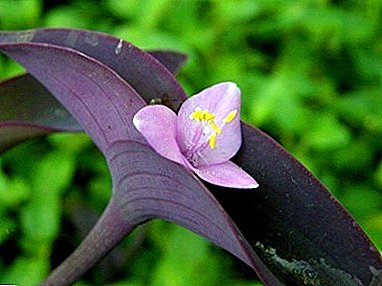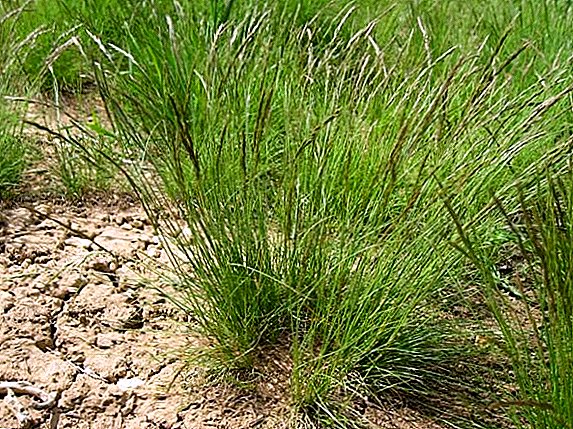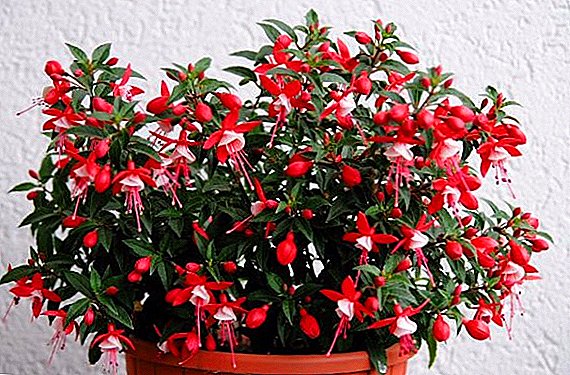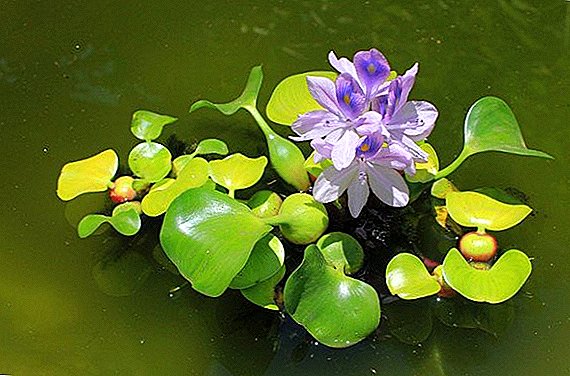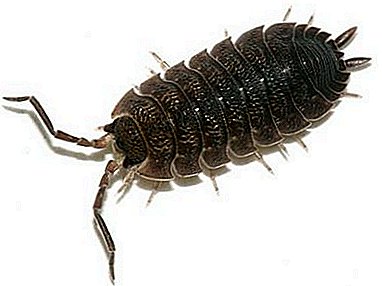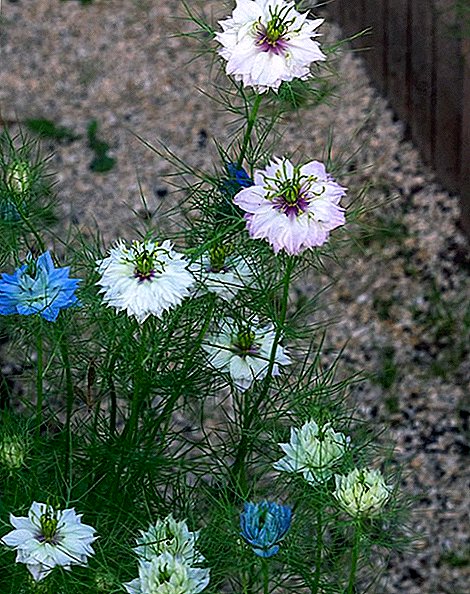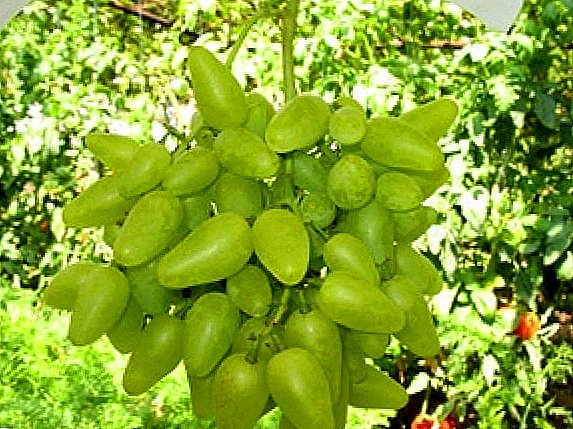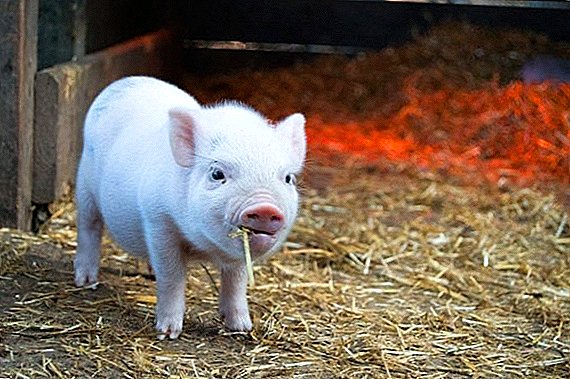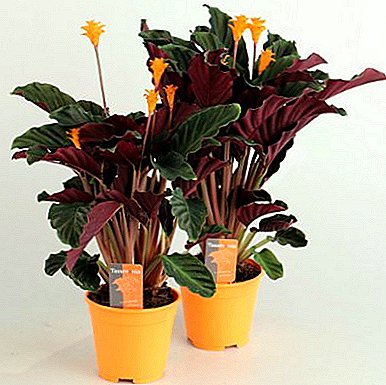
Calathea Saffron - a perennial flowering plant. At home, very capricious. Therefore, it is recommended for growing only professional growers.
Demands special careful leaving, excessive waterings, additional lighting, top dressings.
Description of plants and photos
Calathea Saffron (Calathea Crocata) grows off the coast of the Amazon. Homeland of the flower is considered to be the tropics of the United States. Plant belongs to the genus Calathea. It is a perennial with a well-developed root system. Belongs to herbaceous plants.
It has a shortened stem, from which a large rosette grows with elongated leaflets on the petioles. The diameter and height of the outlet reach the one and a half meter mark.
Large, egg-shaped sheet plates. The length can reach 25-35 cm. Near the central vein is strongly stretched. Because of this, a ribbed surface is created. The face of an emerald shade, purl - violet.
Flowering occurs in January-March. Tubular shaped flowers. Have tips of burgundy hue. Collected in small thyroid inflorescences.
Bracts hidden, orange hue. Peduncles lengthened. Grow from the center of leaf sockets. Each flower blooms for more than 15 days.
More information about the plant Calathea Saffron can be found in the photo below:





Home care
Let us consider in more detail the rules for home care for Calathea Saffron.
In room conditions, it is a capricious flower. In the summer period can feel very good. After the onset of autumn and the reduction of daylight, Calathea Saffron begins to act up.
When growing near the heating devices, the plant begins to depression. The flower starts to hurt a lot and later dies. Also to achieve flowering is very difficult.
In order for this representative of the flora to grow painlessly, it is necessary to follow a number of rules.
Watering
Watering in summer and spring should be excessive. Use soft water without chemical impurities.. You can use thawed or rain. When watering with tap water, it is necessary to boil, stand or pass through the filter.
During active growth the soil should always be in a moist state.. In winter, watering is reduced to a minimum. It is important that at this time the ground has time to dry. Otherwise, the overmoistening of the root system and the decay of the plant will occur.
Air humidity
The recommended limit is 60-75%. The plant negatively refers to a slight increase in moisture due to a small spraying. therefore best place flower in florarium. Allowed placement in the oridarium.
Important! That the chosen place was protected from arid air of the room.
If this is not possible, then the plant container is placed on an additional pallet with moistened pebbles or forest moss. The plant needs daily spraying with water from a sprayer. To increase and maintain humidity at night, Calathey Saffron is put on a plastic bag.
Landing
 The plant grows well in subacid soil. It grows well in fortified, loose, breathable ground.
The plant grows well in subacid soil. It grows well in fortified, loose, breathable ground.
For planting, you can buy ready-made black earth for maranth subspecies or prepare the substrate yourself.
For this use leaf ground, humus, peat, fine-grained sea sand.
For greater breathability to the soil add charcoal and pine bark.
For planting it is recommended to use small wide tanks. At the bottom of the stack drainage of pebbles or pebbles. The rhizome must be covered with forest moss.
Transfer
Young copies must be replanted every year. The procedure is performed in spring when nature begins to wake up. Adult representatives of the flora are transplanted every 3-5 years. It is important that the root system completely fills the container.
A useful video about the transplant of Calathea Saffron can be viewed below:
Top dressing
During the growing season, this representative flora is fed every other week. To do this, use the complex purchased feeding for home flowers. Calathea Saffron does not tolerate a surplus of fertilizers. Therefore, the concentration that is specified in the instructions, reduced by half.
Breeding
Breeding must be done only in the spring after the awakening of nature.
If you perform the procedure in the fall or winter - the root system will not be able to harden and the plant may die.
When transplanting rhizome can be divided into several parts and planted in different containers. It is important that each bush has 4-5 well-developed leaves.. Also, reproduction is done by root processes.
When hybridizing plants, seed propagation is used. For this you need homemade mini-greenhouses from glass jars or plastic bottles.
Temperature
 The plant is very thermophilic. The optimum temperature for growth is 19-21 ° C.
The plant is very thermophilic. The optimum temperature for growth is 19-21 ° C.
The interval of preferred temperatures is small. Calathea Saffron dies at temperatures below 18 ° C and above 24 ° C.
The flower does not tolerate temperature changes, strong gusts of wind. Therefore, in winter, the room in which the flower is located is prohibited.
In the summer, professional growers do not recommend opening the frames next to which Calathea grows.
Lighting
By lighting the flower is very picky. The plant needs bright natural light. It must be protected from direct sunlight.
When growing in the shade, this representative of the flora becomes shallow, loses its decorative effect. Rosettes of leaves begin to thin. When there is an excess of light, the leaves turn brown.
Pests
With poor care, it can be affected by spider mites.. As a preventive measure, the flower is constantly sprayed, wiped with wet wipes and rinsed with a warm shower.
Pre-ground closed with a plastic bag. When a pest is found you can use tinctures of nettle, garlic, dandelion, pine needles, ginger.
You can wipe the leaves of the flower with potassium permanganate, alcohol or laundry soap. If the pest has not disappeared, then apply chemicals. Perfect "Aktelik", "Fungicide", "Aktar", "Bankolom".
Other pests affecting Calathea: scythe, thrips, rhizoctoniosis.
Diseases
All emerging diseases appear with improper care.
- If the plant growth slowed down a lot, the tips of the leaves began to dry and curl. - humidity in the room is too low. The plant must be transferred to the florarium or provide him with a similar habitat.
- If the leaves themselves began to curl and fall abundantly - there is too dry air next to the flower. Dry air has a negative effect on the flower. It is necessary to start spraying the plant and put it on a pallet with moistened forest moss.
- If the branches and leaves began to wither and rot much - the room is too cold. It is necessary to move the flower to a warmer and lighter room.
- If the shade of the leaves became too pale - it fades in the sun. There was an excess of light.
The flower needs to be shaded or rearranged in a darker corner of the room.
- If rotten spots appeared on the leaves - there was a waterlogging of the soil. Watering should be stopped, and the plant itself should be transplanted into another container.

Saffron Calathea - capricious perennial. It responds well to top dressing, additional lighting in winter, an annual transplant. It grows at a temperature of 18-24 ° C. It requires constant humidified air, everyday spraying with water from the sprayer. Propagated by seeds and root sprouts.


